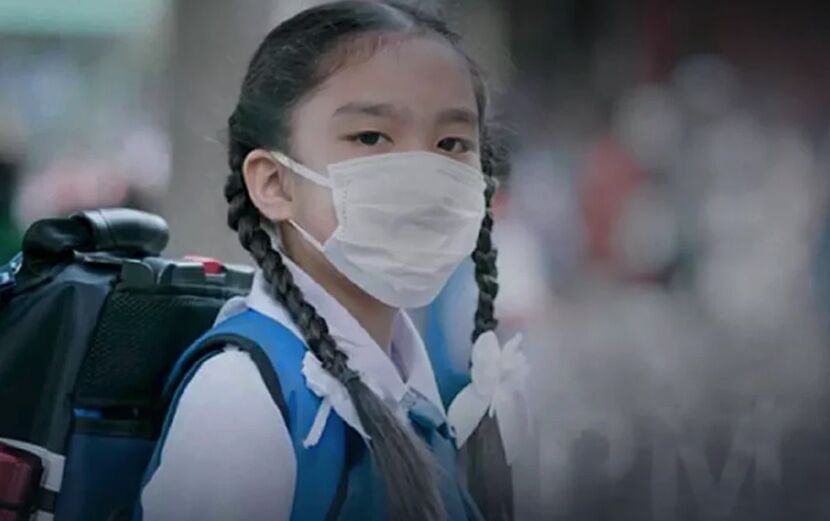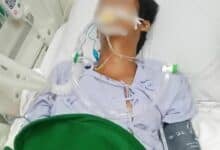Thai officials provide safety guidelines for students, school staff amidst pollution

As Thailand continues to grapple with the ongoing air pollution crisis, officials provided guidelines for students and school staff. Yesterday, the Ministry of Education provided school safety guidelines for students and staff to protect themselves from PM2.5.
The guidelines include: avoiding outdoor activities for extended periods, wearing face masks when outdoors, wearing long-sleeved shirts, taking showers or washing skin after exposure to polluted air, using air purifiers with high-efficiency particulate air filters, seeking medical attention for respiratory symptoms or skin irritation, and generally maintaining a healthy lifestyle.
PM2.5, fine dust particles in the air, pose serious health risks, particularly to young children, pregnant women, the elderly, and those with chronic lung disease. To address this issue, the Ministry has designated the Disaster Coordination Centre for Educational Institutes as the central agency responsible for monitoring air pollution levels in each province and formulating short and long-term solutions to the crisis.
The ministry issued a nationwide order to provincial education offices with measures aimed at tackling the PM2.5 crisis in schools and instructions on how to protect against air pollution. The order designated the Disaster Coordination Centre for Educational Institutes, which has officials in every provincial education office, as the central agency for monitoring air pollution in their province, Nation Thailand reported.
Recent days have seen PM2.5 levels in various areas of Thailand reach dangerous levels, but the situation has started to improve. According to iqair.com, Bangkok’s average air quality index at 9am on Saturday was 95, or moderate, with an average PM2.5 level of 33 micrograms per cubic meter of air, below Thailand’s minimum safety level of 50 μg/m3.
Yesterday, several schools in Bangkok were forced to close due to pollution. Meanwhile, over 376,000 patients have suffered from illnesses due to inhaling PM2.5. Over 165,000 suffered from respiratory diseases, 80,248 from skin diseases, and 70,206 from eye inflammation.
Latest Thailand News
Follow The Thaiger on Google News:
































